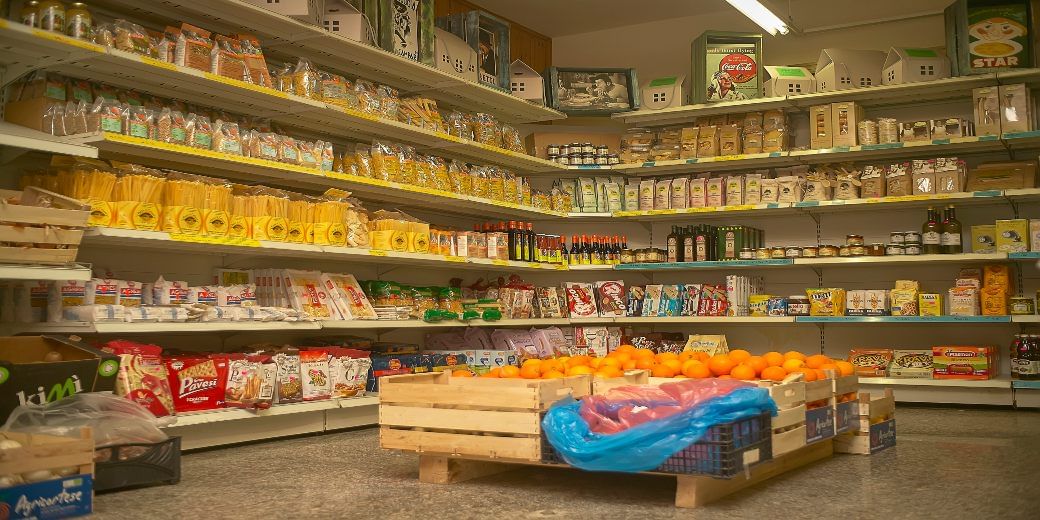Looming El Nino: Staple companies stock up
With the spectre of El Nino looming, companies dealing in consumer staple food items have started building up higher-than-usual stocks to meet any contingency if the weather effect that lowers rainfall strikes with all its fury

With the spectre of El Nino looming, companies dealing in consumer staple food items such as GRM Overseas, LT Foods, Tirupati Agritrade have started building up higher-than-usual stocks to meet any contingency if the weather effect that lowers rainfall strikes with all its fury. The Economic Times has reported that staple companies are also urging their distributors to keep stock for about 25 days instead of the usual 15 so that they can ensure smooth supply to prevent any possible crisis.
“We are not sure if the monsoon will be good or not. We have asked our distributors to keep a stock of 25 days instead of 15 days,” Suraj Agarwal, CEO of Tirupati Agritrade told the newspaper.
Agarwal also confirmed that they were also urging consumers to buy packs of 26 kg in place of the usual 10 kg ones.
Significantly, while announcing the outcome of the last monetary policy committee meeting on June 8, RBI governor Shaktikanta Das emphasised that one of the concerns the economy was facing despite decelerating retail inflation was the threat of El Nino that could impact agriculture output.
The biggest alarm has been the delayed sowing of kharif crops. These are sown during the onset of monsoon in June and harvested in September and October. The most common kharif crops are rice, maize, ragi, pulses, millet, soybean and groundnut. Most of them require 2-2.5-inch-deep water in the fields for the seeds to be sown.
The sowing of paddy, for example, needs ankle-deep water in the fields, something that hasn’t happened in almost all the major rice-growing states so far. West Bengal that produces the highest quantity of rice in the country is yet to witness conditions conducive for the sowing of paddy.
By June monsoon usually brings states such as Maharashtra, Odisha, parts of Telangana Chhattisgarh, Jharkhand and Bihar in its sweep by mid-June.
The impact of uneven and fluctuating rainfall could be felt in sugar and non-basmati rice, the staple of innumerable Indians. In fact, there have been reports of rising prices of a number of items such as rice, flat rice, puffed rice, jowar and bajra just because of the delay in the sowing season.
Private weather forecaster Skymet has warned that it might be as late as the first week of July before the monsoon turns normal. IMD, however, has predicted normal trains this year.
Market analysts have also pointed out to political announcements that could lead to increased demand of staples. For example, Karnataka government has promised the delivery of 10 kg of free rice every month to those below the poverty line.